|
|
This newsletter is a summary of recent ESO Science Announcement items. Follow the links or visit ESO Science Announcements to read more.

|
21 Jan 2016: Joint ESO, MPA, MPE, LMU, TUM and Excellence Cluster Universe Conference
ESO Headquarters, Garching, Germany, 11 Á€“ 15 July 2016
The aim of this conference is to explore the importance of stellar and gaseous discs in a variety of galaxies from high redshift to the Milky Way within the context of new observations and numerical simulations. Stellar and gaseous discs represent the most important structural component in normal galaxies and interpreting their early formation and destruction, via observations and numerical simulations, indicates the key processes that shape the eventual Hubble sequence.
|
|
| Read more
|
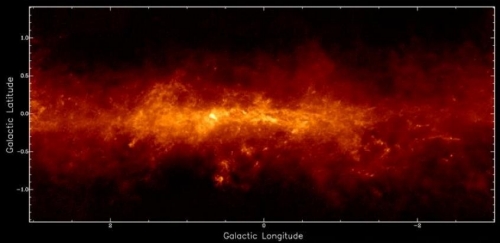
|
20 Jan 2016: The APEX Telescope Large Area Survey of the Galaxy (ATLASGAL) is an imaging survey covering 420 square degrees of the inner Galactic Plane at a wavelength of 870í¼m.The current release consists of emission maps covering the full area surveyed, available as 9 square degree tiles.
|
|
| Read more
|
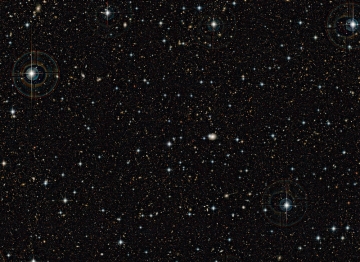
|
20 Jan 2016: zCOSMOS (PI Simon Lilly, ESO Large Programme 175.A-0839) is a large redshift survey undertaken in the COSMOS field using the VIMOS spectrograph. About 600 hours were awarded to this Large Programme, which was executed between 2005 and 2010. This final release of zCOSMOS-bright includes 20689 1-d spectra.
|
|
| Read more
|
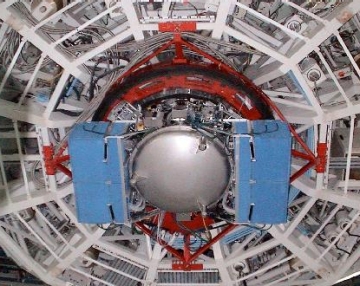
|
20 Jan 2016: A call for Science Verification (SV) of the upgraded VISIR was issued on 16 November 2015 (announcement) with a proposal deadline of 15 December 2015. The following modes were offered: Sparse Aperture Masking (SAM), coronography and burst readout mode. A total of 35 SV proposals, requesting in total about 62 hours, were received, with proposed observations covering a range of scientific topics.
|
|
| Read more
|
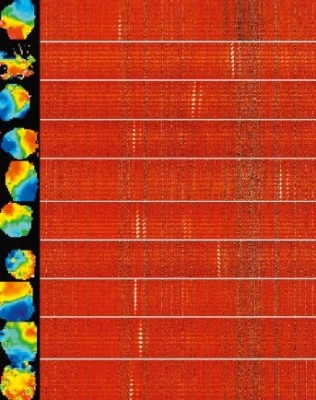
|
20 Jan 2016: Following the prioritisation of the ESO science programme for the 2020s (Report in PDF) and the envisaged importance of highly-multiplexed spectroscopy for numerous scientific applications in the future, the ESO Director for Science, Rob Ivison, has established a Working Group to investigate the scientific case, synergistic opportunities and practical requirements for a dedicated ground-based wide field spectroscopic survey telescope in the 2020s. The Working Group is soliciting input from the community.
|
|
| Read more
|
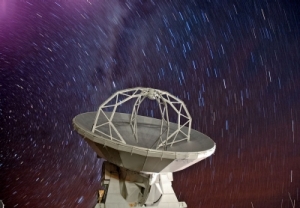
|
18 Jan 2016: A new installment of Science Verification data is available. This release contains data on the following Science Verification target: IRAS16293-2422 spectral line observations in Band 4 (CH3CN, CH3OH) with the 12-m Array, demonstrating the Band 4 capability.
More information can be found on the ALMA Science Portal
|
|
| Read more
|
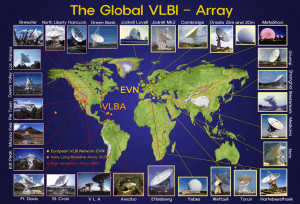
|
18 Jan 2016: People interested in proposing VLBI observations with ALMA should be informed that ALMA will participate in some GMVA observations during ALMA Cycle 4 at 3mm wavelengths in the period Oct 1 2016 - Sept 30 2017. More details can be found in the ALMA Cycle 4 Pre-announcement.
|
|
| Read more
|
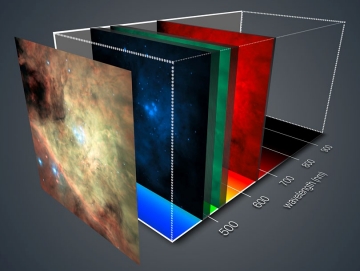
|
18 Jan 2016: EWASS 2016, Athens, Greece, 4 Á€“ 8 July 2016
MUSE, the new VLT wide field (1Á€˜ö—1Á€˜) optical integral field spectrograph, was successfully commissioned in 2014. Thanks to its unrivaled 3D capabilities, MUSE has truly opened up exciting new perspectives in many different areas of observational astrophysics, changing the way complex questions are tackled over a broad range: including planetary nebulae, star forming regions, supernova remnants, stellar populations, local and distant galaxy kinematics, AGN physics and feedback, lensing, clusters and proto-clusters, and much more. This EWASS 2016 Symposium will cover the full range of topics tackled by MUSE observations.
|
|
| Read more
|
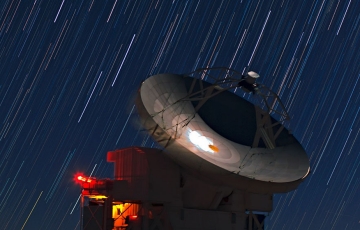
|
18 Jan 2016: Schloss Ringberg, Tegernsee, Germany, 6 Á€“ 9 March 2016
The APEX 12 m submillimetre telescope has significantly contributed to a wide variety of astronomical science areas, ranging from the discoveries of new molecules to large and deep imaging of the submillimetre sky. Continuing on the success of the 2012 and 2014 Ringberg meetings devoted to APEX science, APEX2016 aims at presenting new science results and examining opportunities for the near future.
|
|
| Read more
|
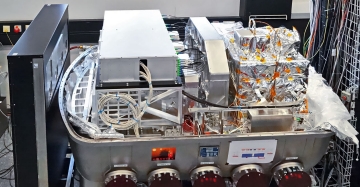
|
13 Jan 2016: The first stage of commissioning of the new VLTI instrument GRAVITY has been completed with the successful combination of light from the four VLT Auxiliary Telescopes. During the commissioning, the Trapezium star cluster in Orion (M42) was observed and î‘1 Orionis F was discovered to be a binary. See Release eso1601 for more details.
|
|
| Read more
|
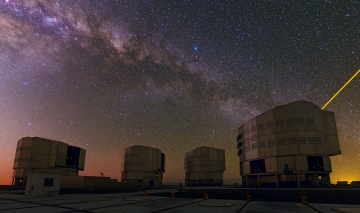
|
13 Jan 2016: The 97th Observing Programmes Committee (OPC) met on 17Á€“19 November 2015. A total of 1093 (10-hour equivalent) nights of Visitor Mode and Service Mode observations were allocated on the VLT/VLTI, VISTA, VST, the 3.6-metre and NTT and APEX telescopes. The submission deadline for Phase 2 Service Mode observations is 4 February 2016; see separate announcement.
|
|
| Read more
|
Upcoming ESO or ESO-Related Workshops
- Resolving Planet Formation in the Era of ALMA and Extreme AO
Joint ESO, ALMA, NAOJ, NRAO Workshop. ESO Vitacura, Santiago, Chile, 16Á€“20 May 2016Results from ALMA Long Baseline observations and from SPHERE, GPI and other high-contrast AO instruments herald new developments in the fields of protoplanetary and debris discs, and planet formation. For the first time observations of the regions where planets form are achievable. The workshop will discuss the state-of-the-art results, offering a panchromatic view, with a balance between observations and theory. Discussions will be scheduled on how facilities, such as JWST, E-ELT and TMT, and advances in modeling, will advance the field of planetary formation. The workshop is open for registration and the abstract deadline is 1 March 2016.
- ESO/OPTICON School on Use and Data Reduction of X-shooter and KMOS
ESO Headquarters, Garching, Germany, 9Á€“13 May 2016This NEON Archive School is devoted to proposal preparation and data reduction for X-shooter and KMOS. The School is preferentially targeted to PhD students, but advanced MSc's, junior Postdocs, as well as senior researchers, can also apply. Introduction to Phase 1 and 2 for both instruments and hands-on experience with data reduction tools will be provided. Details here; the registration closes on 15 February 2016.
- Active Galactic Nuclei: What's in a name?
ESO Workshop, ESO Headquarters, Garching, Germany, 27 June Á€“ 1 July, 2016Active Galactic Nuclei (AGN) are being discovered in ever-larger numbers over the whole electromagnetic spectrum. Different bands (infrared, optical/UV, X-ray, í¨-ray and radio) employ different methods to identify these sources but, most importantly, provide different windows on AGN physics. The main goal of the Workshop is to paint the AGN big picture within a truly multi-wavelength approach and to understand the intrinsic and fundamental properties of AGN and the physics behind them. Contributors from all wave-bands are encouraged to apply. Full details on the website or by enquiry to agn2016. The deadline for abstract submission is 25 March 2016.
- Supernovae Through the Ages
Workshop co-funded by ESO, Easter Island, 9-13 August 2016Supernova science has entered a golden age with daily announcements of new discoveries and the rate set to increase with new facilities. As supernova sample sizes increase, well-observed nearby events will still provide insights into progenitor properties and explosion mechanisms. The conference aims at addressing these challenges (and others) through "understanding the past to prepare for the future" with a focus on past, present and future surveys, including also explosion models, progenitors, their link to stellar evolution and the first supernovae.
The conference celebrates the contributions that Mark Phillips and Nicholas Suntzeff have made to this field. Further details are available on the workshop webpage. The registration and abstract submission deadline is 31 March 2016.
|
|
|
|
|
|
|
|